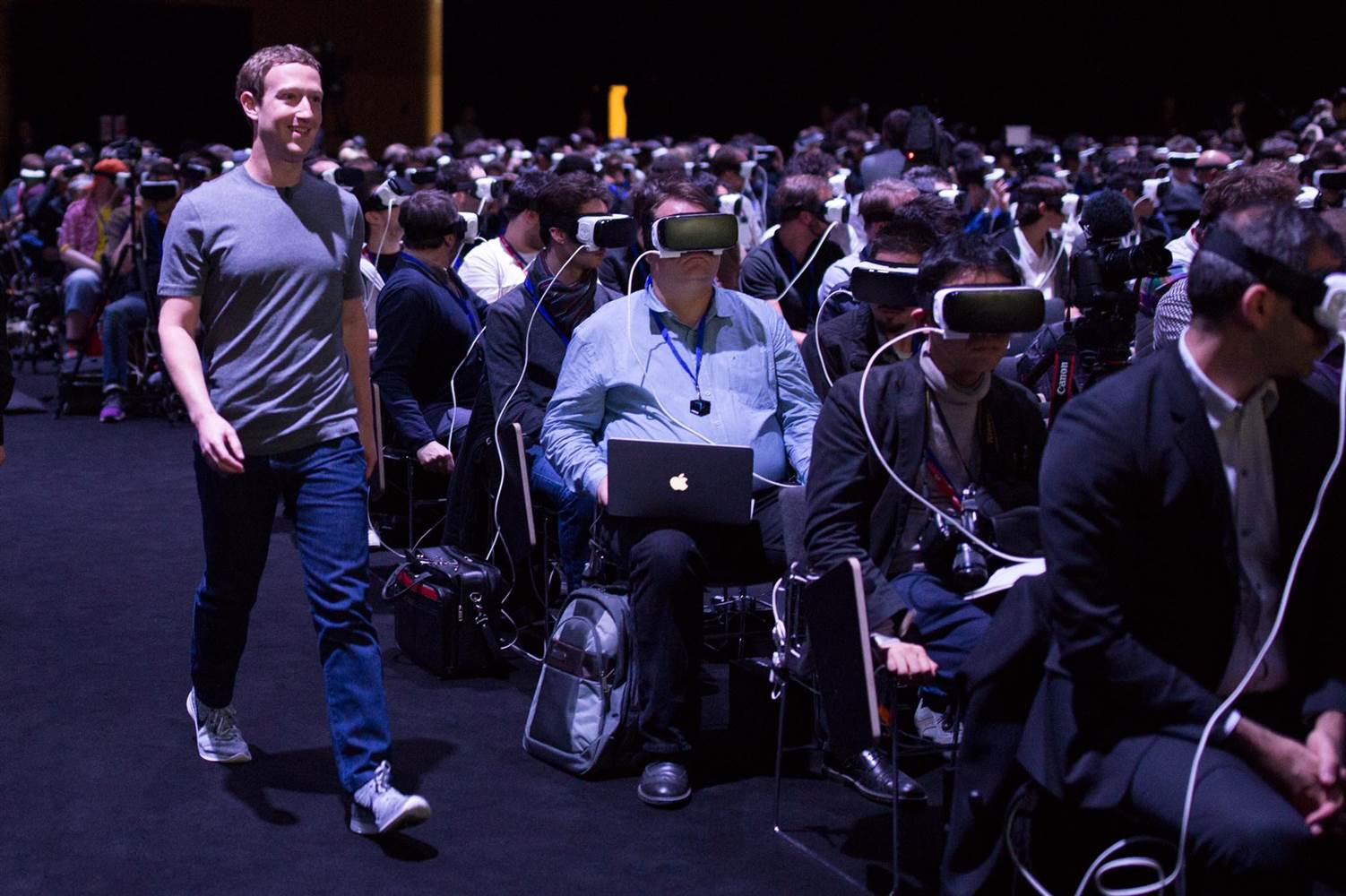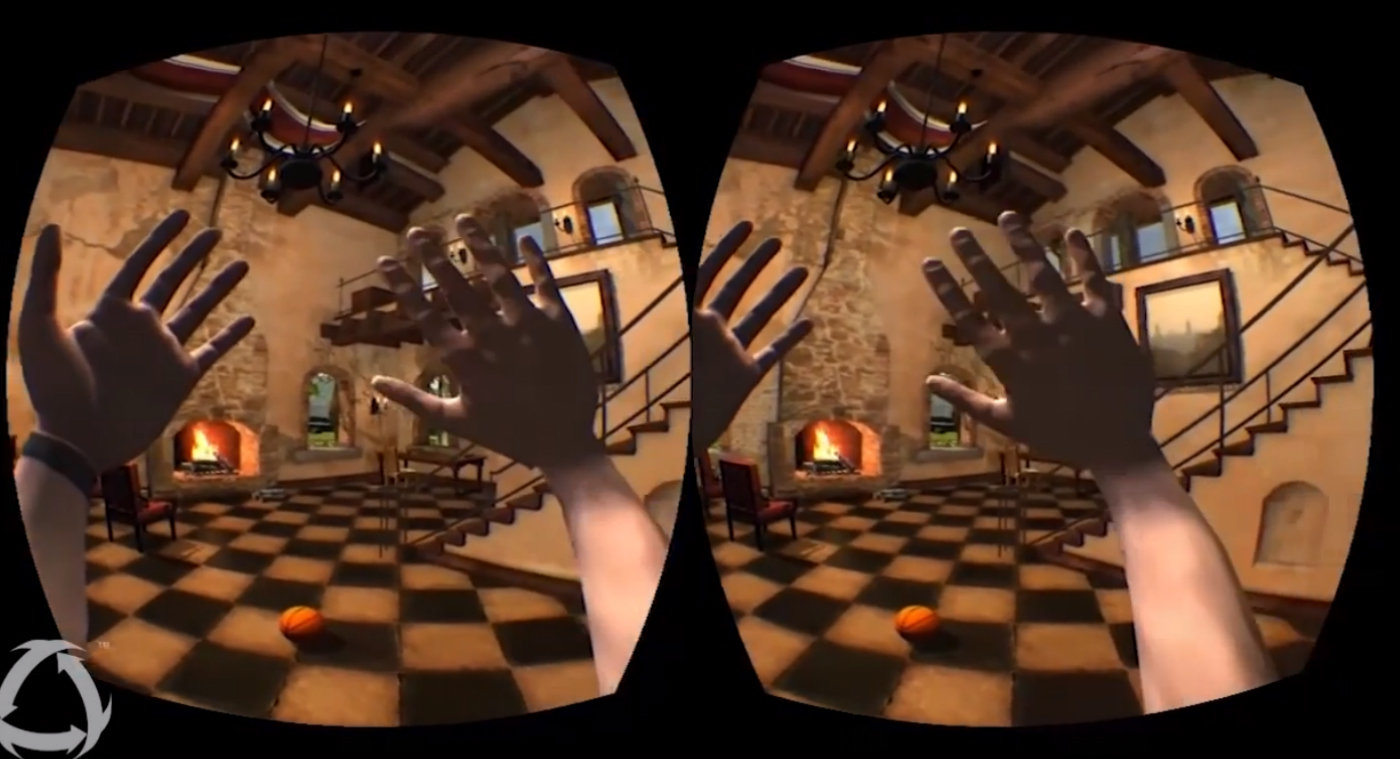User experience designers today are part of one of the most exciting and challenging moments of the decade.
Going through the trends of mediums of no UI is the new UI, gestural interactions, 3D touch and the latest, virtual reality (VR), these come a new set of challenges that give UX designers the opportunity to build something more meaningful to serve user needs through these mediums.
Laura Cortes of Creative Bloq wrote an amazing article, exploring the birth of virtual reality, and some challenges towards designing for this medium, covering all the way from interaction, sound design, haptic and audio feedback.
“…one of the first challenges is the set-up design. In collaboration with the creative and 3D architect, the UX designer needs to think of the spatial layout and how it will fit the experience. Is the user standing or sitting? Does the setup allow for full 360-degree movement or partial head movement? Does it include other tools, like sensorial gloves, joysticks or trackpads?”
On personalisation:
“We should be thinking of using personal information about the user, such as their music tastes, eating or exercising habits or even health stats, as variables to personalise an experience and create something that reads and interacts with the human interface.”
She concludes with:
“Like any other communication medium, UX needs to work in parallel with strategy, production, creative direction, art, copywriting and technical execution. However, it should follow a well-known UX principle: guidance and assistance. We can’t expect people to know what to do and where to go, so assistance is key to help users get acquainted with the interface. To do this, we need to show visual clues and provide clear feedback after any interaction.”
In another article by Daniel Allen in Block Interval, he runs through the fundamentals of user experience in Virtual Reality, citing comfort as the first element to take a look at before designing any user experience for any mediums:
“Comfort is the next evolution of user experience – and any game without comfort options in the menu is going to get a thumbs down from users. Some users have iron stomachs, but some are extremely sensitive to any kind of movement in VR. For those weak stomachs, you will need to provide lots of ways to tweak the experience.”
Similar to Laura Cortes’ post, he also talks about adapting the interface, sound design, movement, interaction and two new elements – maps and model details as important fundamentals to take a look at while designing user experience for VR.
Are we ready?

Essentially, as we are no longer going to be bound by old interaction models, UX designers should definitely look into practicing and adapting the principles of Virtual Reality during the design process. As it involves creating an emotional bond between users and the journey throughout using the product, UX designers are definitely going to have a big role in helping this to happen.
For more readings on Virtual Reality, you can also take a look at UXness’ Designing for Interfaces without Screens, where they talk about important principles for designing for VR, what VR can teach us about UX complete with some case studies, as well as Github’s extensive list of UI/UX considerations for VR.
 Stampede Design
Stampede Design
